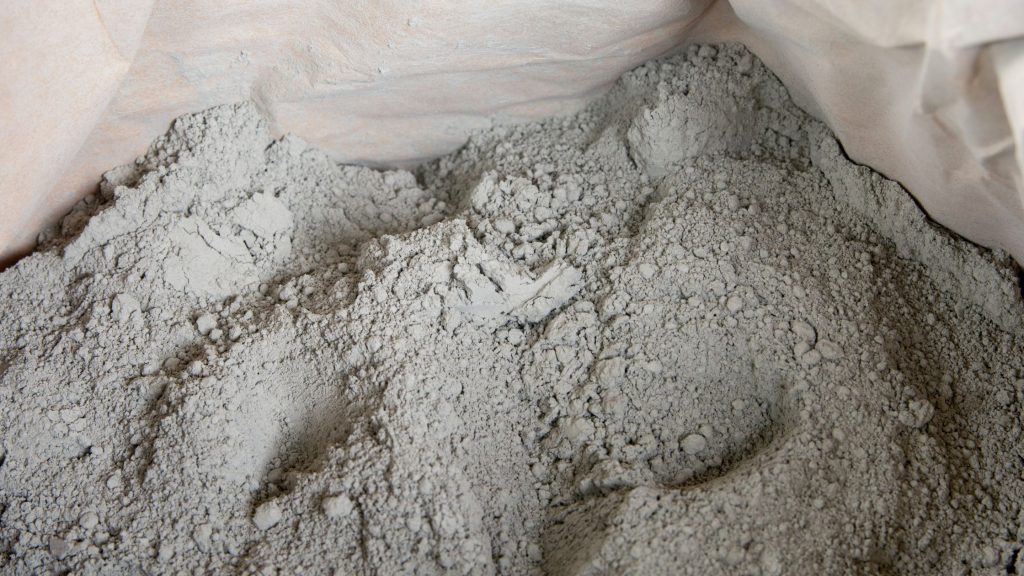Application of fly ash in building maintenance and restoration

Application of fly ash in building surface repair and protection
The application of fly ash in building surface repair includes improving concrete performance as a mineral admixture, improving strength and durability, reducing cracks, and as a cement admixture and concrete admixture to improve material performance and various indicators. In addition, fly ash can also be used to produce fly ash bricks, artificial aggregates, glass and ceramic materials, etc. These materials have the characteristics of light weight, high strength, and good thermal insulation performance.
The impact of fly ash on building maintenance and repair
The addition of fly ash can improve the impermeability, durability and carbonization resistance of concrete, improve shrinkage performance, and thus play an important role in building maintenance and repair. The volcanic ash effect and micro-aggregate effect of fly ash make its role in concrete not only a filling material, but also actively participate in hydration reactions, improving the density and strength of concrete.
Cost-benefit analysis of fly ash in maintenance and repair
The use of fly ash can reduce energy consumption and emissions in the cement production process and reduce the clinker burning temperature, thereby reducing production costs. At the same time, the use of fly ash as an alternative raw material may also increase some equipment investment and management costs in production. Therefore, a comprehensive cost-benefit analysis is needed to maximize cost-effectiveness. Studies have shown that the use of large amounts of fly ash can reduce costs and increase profits, while also having multiple effects such as saving resources, multi-use of solid waste, and improving ecological balance conditions.
Fly ash is also used to produce fly ash bricks, which have the advantages of low cost, light weight and good durability. There are many types of fly ash bricks, including hollow arch shell bricks, hollow floor bricks, hollow purlin bricks, etc., which are widely used in building maintenance and repair.
Fly ash can also be used to make concrete, in which the active form and micro-aggregate effect of fly ash can improve the weak interface between the newly mixed cement mortar and the recycled aggregate, and improve the mechanical properties of recycled aggregate concrete. In addition, the glass microspheres contained in fly ash have homogenizing and water-reducing effects, which can improve the rheology of concrete and the impermeability after hardening.
These cases show the diverse applications of fly ash in building maintenance and repair, which not only improves material performance, but also helps to reduce costs and environmental impact.
As an environmentally friendly material, fly ash has many advantages in building maintenance and repair. It can not only improve the performance of building materials, but also reduce production costs, save resources, and reduce environmental pollution. With the advancement of technology and the promotion of the market, the application prospects of fly ash will be broader, which will help promote the sustainable development of the construction industry.
